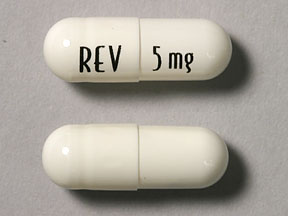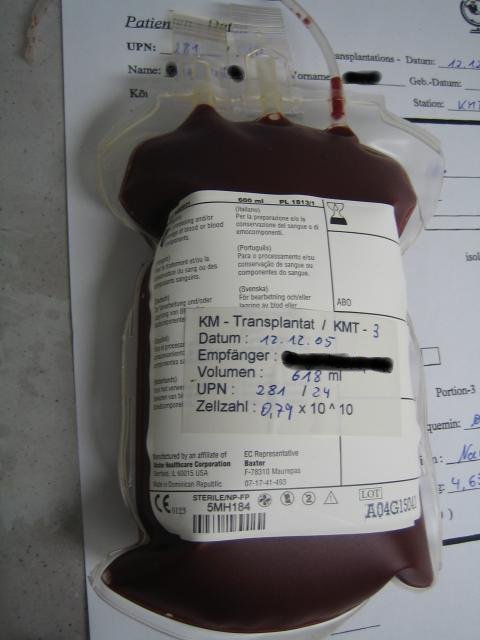“These complications have a direct impact on the morbidity and mortality experienced by HSCT survivors. Two-thirds of HSCT survivors develop at least one chronic health condition; while a fifth develop severe or life-threatening conditions.”
Hello David- First of all thank you for the effort in sharing and educating folks on Multiple Myeloma (MM). I was diagnosed with MM in early 2020. After the standard VRD induction, I underwent HDM based ASCT in Dec. The first ASCT was successful and I was in CR. However, I have a high-risk MM. The doctors advised a tandem ASCT. I underwent a second transplant in April. My second transplant was Super-Beam regimen.
Currently home and recovering. I’m hoping for a full recovery and CR.

In prep for post transplant, I wanted to reach out for the thought on Revlimid maintenance. I’m in my forties. All the studies show a better PFS to be on Revlimid Maintenance. But there is information based on age.
Given my age, tandem transplant and CR, can you share your thoughts on maintenance therapy.
Many thanks in advance for your time and guidance. Thanks Samual
Hi Samual,
I am sorry to read of your MM diagnosis however it seems as if you are treating your MM aggressively and it seems as if you have researched your situation thoroughly.
Having had few questions about the “Super-Beam therapy,” I thought I should link and excerpt some info. My thinking is that the “super-beam therapy” is the ASCT procedure that the University of Arkansas (Little Rock) pioneered under Bart Barlogie?
Also, when you say that you are “high-risk” it means that you have genetic abnormalities that are the reason why you chose to have the second ASCT?
If this is correct, my thinking is that this procedure is
- very aggressive- much toxicity but you are young and high risk-
- high risk, high return meaning possible long PFS and possible OS
- genetic abnormalities can present a sort of wild card or unknown outcome for your situation…
The short answer to your question about low-dose Revlimid maintenance therapy is that it depends on your response to the Super-Beam Therapy meaning, how deep is your CR (complete remission). You didn’t mention MRD negative or positive status…
Since that answer doesn’t provide much information for you I will elaborate further.
In my experience, conventional MM focuses on the short-term. By short-term I’m talking 3, 4 maybe five years, maximum. You have achieved a complete response which is ideal. However,
- there are a number of studies that cite the possible late stage side effects that can come with the amount of chemotherapy that you’ve had.
- according to research, maintenance therapy does not provide gains in OS (overall survival aka length of life)
My point is that being in your 40’s, you have treated your high-risk MM aggressively (tandem ASCT, Super-Beam) which will hopefully result in a long PFS. But more toxicity will not result in longer OS and my increase your risks of long-term and late stage side effects.
Let me know if you have any questions. Good luck,
David Emerson
- MM Survivor
- MM Cancer Coach
- Director Galen Foundation
Recommended Reading:
“While maintenance or continuous therapy with Revlimid is the current standard of care for patients with standard-risk myeloma, sub-group analyses of high–risk patients in clinical trials has established that Revlimid maintenance does not prolong overall survival for many patients with high–risk cytogenetic …”
“Background- Despite availability of novel agents, many MM patients still relapse and require salvage interventions. In the Arkansas program, we have attempted to procure initially sufficient hematopoietic precursor cells, for use in high-dose therapy salvage regimens once phase I-II trials have been exhausted.
We are reporting on the efficacy in terms of response rate, EFS and OS of ARMM patients receiving S-BEAM.
Super-BEAM comprised standard BEAM
- carmustine 300 mg/m2 on day 1,
- etoposide 200 mg/m2 days 1–4,
- cytarabine 400 mg/m2 days 1–4,
- melphalan 140 mg/m2 on day 5)
- with the addition of cisplatin (10-12.5mg/m2/d CI × 5d),
- bortezomib (1.3-1.5mg/m2 on days 1 + 4),
- thalidomide (100-200mg/d for 5 days) or lenalidomide (25-100mg/d for 5 days),
- DEX (40-100mg/d for 5 days) plus rapamycin (3mg d1, 1mg d2-5).
Results The characteristics of 147 patients treated included prior transplant (Tx) in 67% (2Tx, 29%; =>3Tx, 11%), and prior exposure and resistance in virtually all patients (92%) to bortezomib, thalidomide, lenalidomide applied in VTD, VRD or with chemotherapy VTD-PACE.
Pre-S-BEAM high-risk features included low albumin (<3.5g/dL; 66%) high B2M (>=3.5mg/L; 32%), high LDH (>=ULN; 44%), and presence of cytogenetic abnormalities (CA) in 70%.
Clinical outcomes included at least PR in 62% including 48% with n-CR and 29% with CR.
Two-year estimates of EFS and OS were 29% and 33%; TRM within 60 days was 3%. At 4 years, 23% remain alive and 15% event-free. Independently significant variables affecting both OS and EFS adversely included, in a model without GEP, high B2M (>5.5mg/L), high LDH (>=ULN), low hemoglobin (<10g/dL) and CA, whereas achieving PR improved survival.
Based on R2-driven independent adverse variables, B2M, LDH and CA were linked to poor outcomes, with 1-year estimates of OS/EFS of 83%/69% with 0, 63%/52% with 1, 25%/9% with 2, and 13%/0% with more than 2 high-risk parameters.
Gene expression profiling (GEP)-defined high-risk was present in 55% (70 genes, R70) and in 47% (80 genes, R80); delTP53 was noted in 21% …”
“However, hematopoietic stem cell transplantation (HSCT) survivors are at risk of developing long-term complications, such as
- endocrinopathies,
- musculoskeletal disorders,
- cardiopulmonary compromise and
- subsequent malignancies.
These complications have a direct impact on the morbidity and mortality experienced by HSCT survivors. Two-thirds of HSCT survivors develop at least one chronic health condition; while a fifth develop severe or life-threatening conditions. HSCT patients who have survived for at least 5 years post-transplantation are at a fourfold to ninefold increased risk of late mortality for as long as 30 years from HSCT, producing an estimated 30% lower life expectancy compared with the general population…




